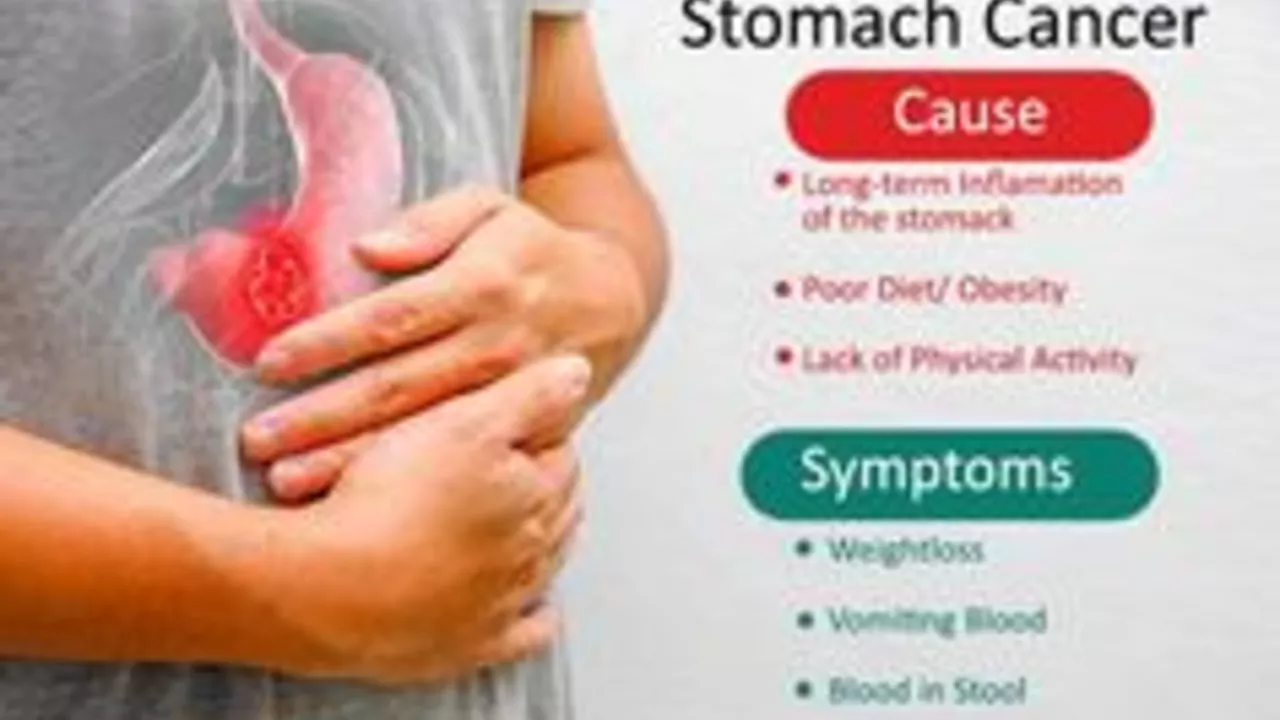Cancer treatment: clear, practical info and safe medication tips
Facing cancer treatment is overwhelming. You want straightforward facts, not jargon. This page gives quick, useful explanations of common treatment types, what to expect from medicines, and practical steps to get meds safely—especially if you search online pharmacies or need compounded drugs.
Types of cancer treatment you should know
Surgery removes visible tumors. If your doctor recommends it, ask about expected recovery time, wound care, and when other treatments will start.
Chemotherapy uses drugs to kill cancer cells. Side effects often include nausea, low blood counts, and fatigue. Labs and dose adjustments matter—bring a list of all other medicines to every visit to avoid interactions.
Radiation targets tumors with high-energy beams. It treats local disease and may cause skin changes or tiredness in treated areas. Ask how many sessions you’ll need and what side effects are temporary versus long-term.
Targeted therapy and immunotherapy attack cancer in smarter ways. They can cause different side effects than chemo, such as rashes or immune-related inflammation. Monitor symptoms closely and report them early—many side effects respond well if treated quickly.
Hormone therapy controls cancers driven by hormones (like some breast and prostate cancers). It often causes hot flashes, mood changes, or bone loss—ask about bone protection and symptom relief.
Safe medication tips and using online pharmacy resources
If your treatment includes oral or specialty drugs, getting them safely matters. Only buy prescription cancer drugs from pharmacies that require a valid prescription, display clear contact info, and show pharmacist licensing. Avoid sites that sell controlled or specialty meds without a prescription.
Check for recent patient reviews and pharmacy accreditation when possible. Call the pharmacy and ask how they ship temperature-sensitive meds and whether they offer pharmacist counseling. Real pharmacies will answer your questions and explain side effects and storage needs.
Be careful with international sites. Laws and product quality vary. If a price looks too good to be true, it probably is. Fake or substandard cancer meds can be dangerous. When in doubt, ask your oncology team for trusted suppliers or a specialty pharmacy recommendation.
Keep a medication list and share it with every provider. That list should include prescription drugs, over-the-counter meds, supplements, and vitamins. Drug interactions are common and can change how treatment works or increase side effects.
Use this tag page to find detailed articles on drug-specific topics—like buying Methotrexate safely, monitoring side effects, and switching thyroid meds during cancer care. Read those guides, then discuss any changes with your oncologist or pharmacist before acting.
You don’t have to figure this out alone. Ask your care team about side effect prevention, pharmacy options, and financial help programs. Practical steps—good questions, a trusted pharmacy, and clear communication—make treatment safer and less stressful.

- 19 Comments
In my latest post, I delve into what one can expect in terms of quality of life while undergoing treatment with Nilotinib. This drug, primarily used for chronic myeloid leukemia, has some side effects that can impact daily living. However, the benefits often outweigh these issues, as Nilotinib can significantly slow the progression of the disease. It's important to maintain open communication with your healthcare provider to manage any discomfort or complications. Coping strategies and supportive care can also be hugely beneficial during the treatment.
